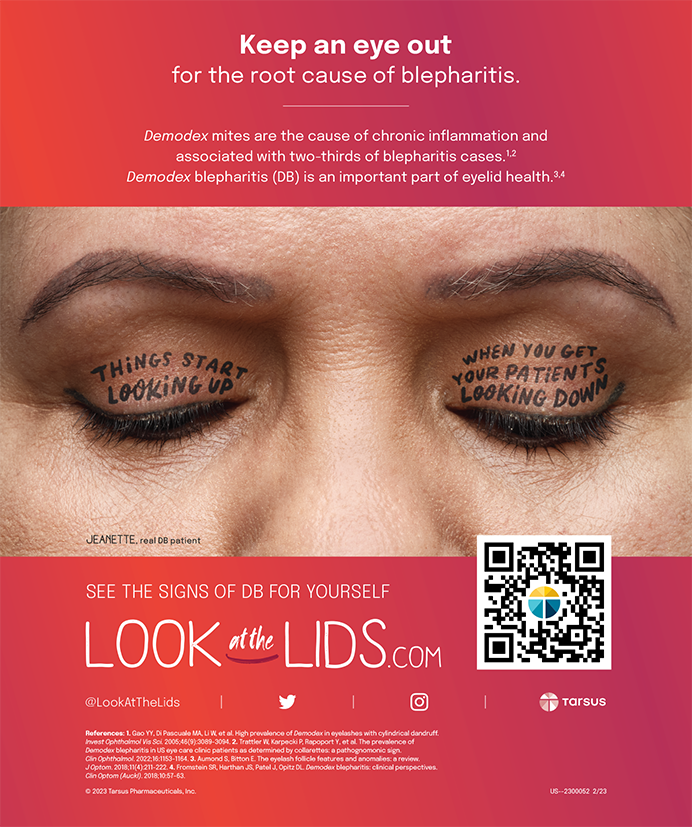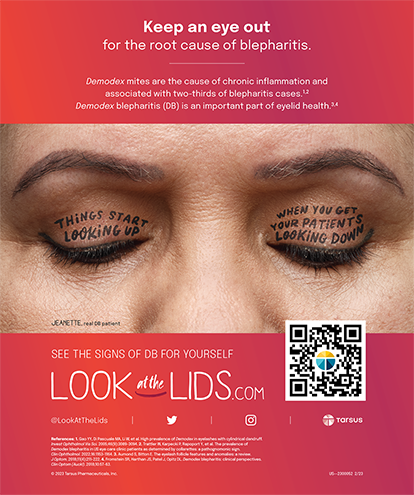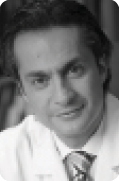
I am a big believer in laser cataract surgery. It helps me provide great refractive results for my patients, makes cataract surgery easier and more enjoyable to perform, and represents an important revenue driver for my practice and surgery center.
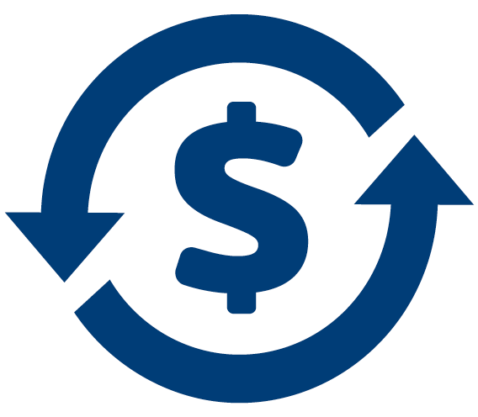
BOTTOM LINE
The Specialty Surgical Center of Beverly Hills now has one of the largest ophthalmic ambulatory surgery centers in the country, with six ORs, three femtosecond laser suites, and a full LASIK suite, along with all the latest diagnostic and treatment technologies. My colleagues and I have always believed that being early adopters of promising new technology makes good clinical and financial sense. In 2011, ours was one of the first centers in the country to get a LenSx Laser (Alcon), followed shortly afterward by a Catalys Precision Laser System (Abbott, now Johnson & Johnson Vision). Since then, our laser cataract conversion rate has taken off to the point that we are now acquiring a third laser.
Today, nearly 50% of the cataract surgery procedures performed at our center each month are laser cataract cases. Since 2011, the procedure has helped the center’s revenue grow substantially. In my personal practice, laser cataract surgery plays an even greater role, making up 96% of my cataract and lens replacement procedures and contributing 17% growth in revenue.

SIMPLICITY
A key factor in increasing the rate of laser cataract procedures is to give patients simple, straightforward choices. A lengthy menu of technological options (most of which patients are ill equipped to understand and determine the value of) leaves them confused and anxious about making the “right” decision. When that happens, they generally default to a standard procedure or go elsewhere for a second opinion. That is why I offer three simple flat-rate packages:

1. Regular cataract surgery. Manual surgery with a standard IOL and standard diagnostic and surgical technology. No promise of spectacle independence
2. Astigmatic correction. Goal of excellent distance UCVA with correction of astigmatism. May include the use of a femtosecond laser, an excimer laser, limbal relaxing incisions, and/or a toric IOL, along with a full range of advanced diagnostic and surgical technologies, including intraoperative aberrometry (Holos IntraOp [Clarity Medical Systems] or ORA System [Alcon]).
3. Presbyopic correction. Goal of excellent distance and near UCVA. Includes everything in category No. 2 plus a multifocal, accommodating, or extended-depth-of-focus IOL
We had premium IOLs before laser cataract surgery, but the advent of femtosecond lasers for the correction of astigmatism has made it possible to provide a truly premium procedure even with a monofocal IOL. In fact, much of our laser cataract-associated revenue growth has come from package No. 2, because we can now reliably eliminate mild to moderate astigmatism for patients who want spectacle independence for distance. Correction of astigmatism is essential for high-quality UCVA, and it is a refractive procedure that we can bill to the patient.
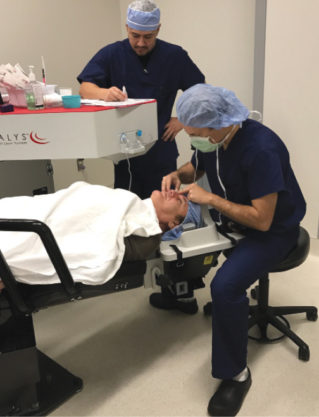
There is no question in my mind that, compared with manual limbal relaxing incisions, laser astigmatic keratotomy offers far greater precision. I take surgically induced astigmatism into account and am willing to correct as little as 0.50 D of astigmatism, up to 2.00 D of with-the-rule astigmatism, or about 1.50 D of against-the-rule astigmatism with laser astigmatic keratotomies.
Laser cataract surgery has contributed to our practice’s revenue growth in other ways. When we incorporated the procedure into our premium IOL packages, we raised the rates we charge for those packages. Accurate correction of astigmatism has helped me reduce my enhancement rate from around 10% to 2% currently, which is a major cost savings and has a significant impact on patients’ satisfaction. Premium technology also draws more surgeons to the surgery center, increasing profits for the ambulatory surgery center’s owners.

COMMUNICATION
If I am going to charge patients thousands of dollars for bilateral astigmatic or presbyopic correction, I think they deserve to have at least 15 to 20 minutes of my time to adequately explain the options and address their questions.
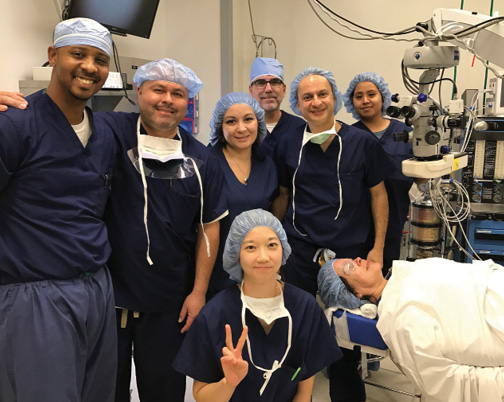
I have my staff schedule no more than one cataract consultation per hour. I still see the same number of patients, but they are spread throughout the day so that I do not feel rushed. As a result, my patients do not feel they are being pressured to make an important health care and purchasing decision.
Ultimately, surgeons’ confidence in the IOL and/or laser cataract surgery technology is the number one reason patients choose a refractive cataract package. I believe that, when patients hear about the benefits directly from the surgeon rather than from a technician or patient counselor, it inspires them to make a choice that will benefit their lifestyle.



